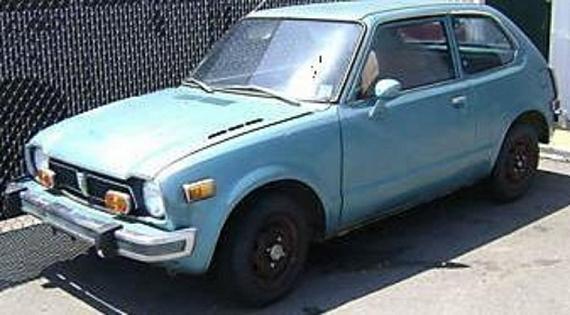But the price of a Honda Civic in 1973 was $2,200 - And that was for a 50 horsepower, 4-speed manual. Remember these?
Corrected to 2010 dollars, that would be $11,179. Today, a Honda Civic starts at $15,605 - So, 40% more than the original. But for that, you get power steering, power brakes, automatic seat belt tensioners, front and side curtain airbags, active head restraints, anti-lock brakes, tire pressure monitoring system, power windows, tilt&telescope steering wheel, intermittent wipers, and a spoiler. AS STANDARD EQUIPMENT.
So, yes today's avionics are much more advanced than the days of yore, but technology has also advanced at a pace that makes such "toys" MUCH cheaper to produce.





